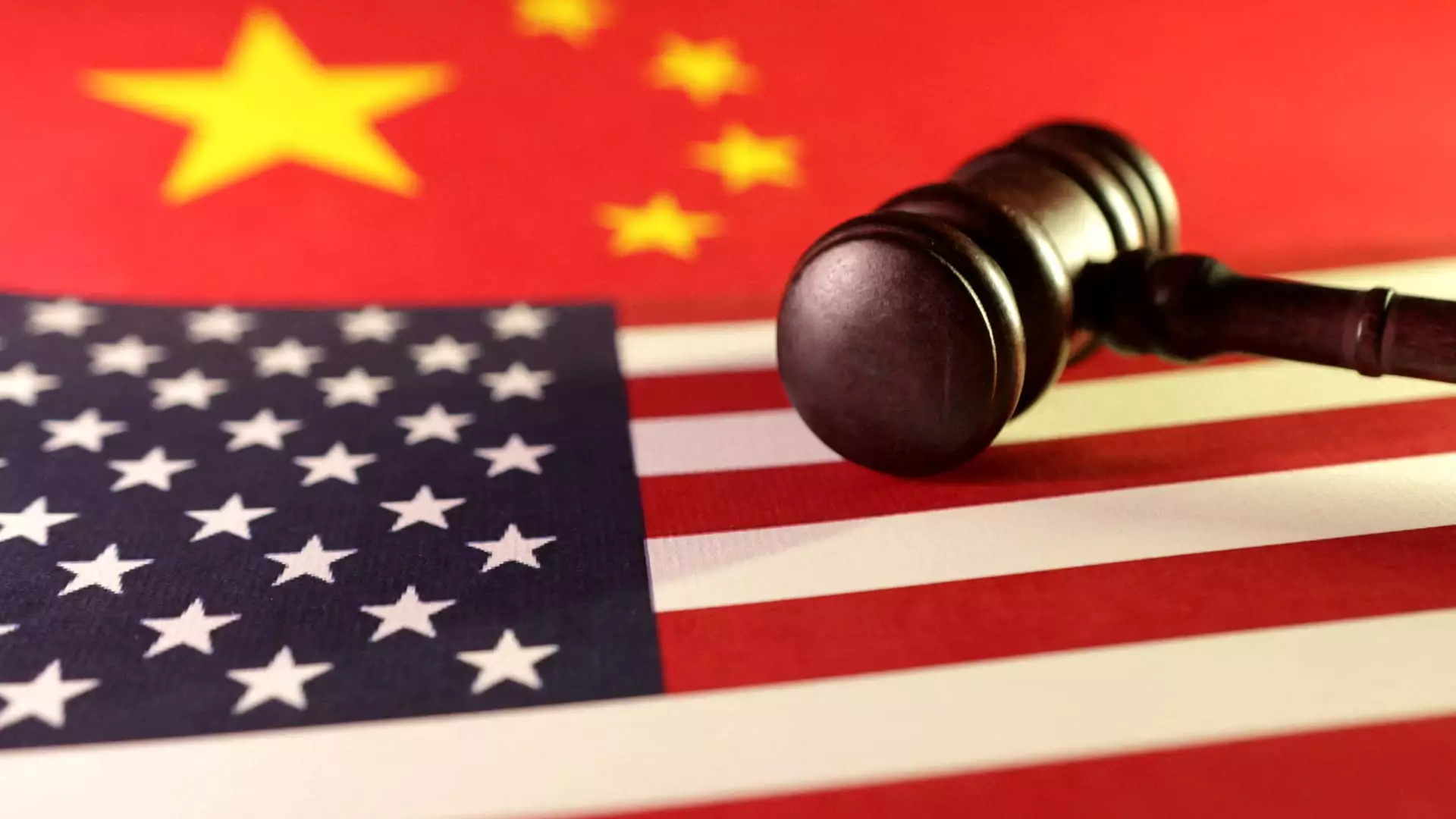The ongoing trade war between the United States and China has taken a significant turn recently, as the Trump administration announced a new round of tariffs on Chinese imports. In response, Beijing has hardened its rhetoric, reflecting a shift from cautious negotiation to a more assertive stance. Chinese officials have made it clear that they view the U.S. actions as acts of “bullying,” insisting that they will take necessary measures to protect their national interests. This development underscores the complexity of the economic landscape, highlighting the intricate web of diplomacy, trade, and national pride at play.
The Chinese Government’s Reactions
China’s Ministry of Commerce representatives conveyed a consistent message in their statements: while they do not seek to provoke trade disputes, they are prepared to defend their rights vigorously. Spokesperson He Yongqian emphasized the desire for discussions to resolve conflicts, a sentiment echoed by the Ministry of Foreign Affairs. This highlights a dual approach in China’s strategy; they wish to demonstrate that they are not aggressive actors while simultaneously preparing for confrontation if necessary.
The timing of these statements is critical, coming just days after the U.S. imposed a 10% tariff on various Chinese goods. In retaliation, China has proposed its own set of tariffs, escalating tensions further. This back-and-forth exchange of tariffs illustrates the fragility of current trade relationships and their potential repercussions on global markets.
The exchange of tariffs leads to increased uncertainty for businesses on both sides of the Pacific. Companies that rely heavily on cross-border trade now face a “fair and predictable” environment, which is increasingly hard to define. With the U.S. decision to halt the de minimis exemption—a regulation that made it cost-effective for Chinese e-commerce merchants to sell directly to American consumers—additional pressure has been placed on the flow of goods between the two nations. This alteration not only impacts trade but could also affect consumer prices and choices in both countries.
Furthermore, the situation sheds light on the broader implications of political motivations within international trade. The reference to the fentanyl issue by U.S. officials reveals underlying concerns related to public health that are being intertwined with economic strategies. Companies operating in various sectors, particularly in technology and pharmaceuticals, find themselves caught in the crossfire of these larger geopolitical issues, complicating raw trade negotiations.
Despite the rising tensions, Chinese officials have still expressed a willingness to engage in dialogue. The statement from spokesperson He urges that a cooperative framework is essential for effective trade practices. Achieving a harmonious balance of rights and interests remains a top priority for Beijing, as both nations continue to grapple with the implications of their respective decisions.
The escalation of tariffs between the U.S. and China represents not just an economic disagreement but also a clash of national philosophies and strategies. As both nations maneuver through this complex landscape, the future of their trade relations remains uncertain, emphasizing the need for continuous dialogue and understanding to avert further conflict.

